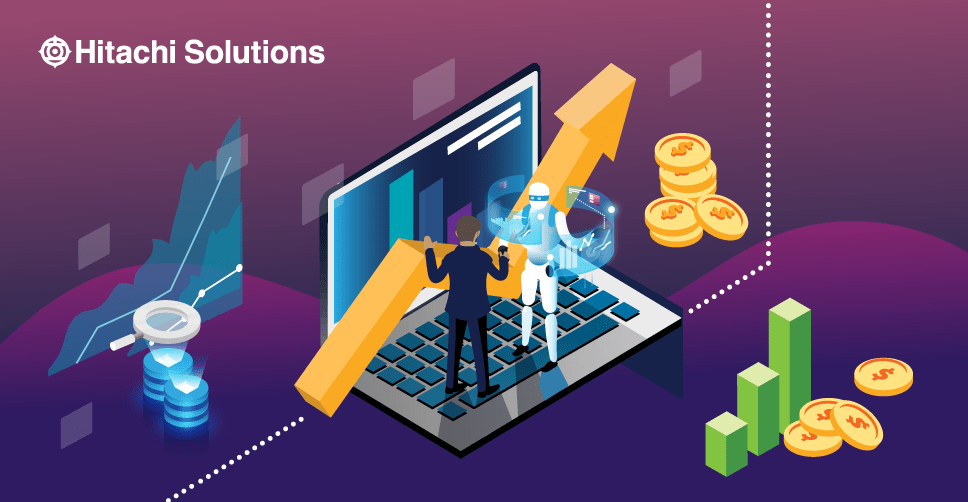Introduction: The Internet of Things (IoT) has emerged as a transformative force, connecting everyday objects to the digital realm and enabling seamless communication and data exchange. With the proliferation of IoT devices, a wide range of industries are being revolutionized, opening up new possibilities and presenting unique challenges. In this article, we will explore the challenges and opportunities presented by the Internet of Things, shedding light on its potential and the considerations that accompany its rapid growth.

I. The Promise of IoT:
- Enhanced Connectivity and Convenience:
- Interconnectivity of Devices: IoT enables the seamless connection and interaction between devices, enabling automation, control, and data exchange.
- Improved Efficiency: IoT devices optimize processes, streamline operations, and enable remote monitoring and management, leading to increased efficiency.
- Data Insights and Analytics:
- Rich Data Generation: IoT devices generate vast amounts of real-time data, offering valuable insights into user behavior, product performance, and operational efficiency.
- Advanced Analytics: Leveraging big data analytics and machine learning, IoT data can be analyzed to uncover patterns, trends, and predictive insights.
- Improved Quality of Life:
- Smart Homes and Cities: IoT technologies enhance comfort, security, and sustainability in residential and urban environments, enabling energy management, predictive maintenance, and personalized experiences.
- Healthcare and Wearable Devices: IoT-enabled healthcare devices and wearables monitor vital signs, track fitness, and enable remote patient monitoring, contributing to personalized healthcare and preventive medicine.
II. Key Challenges of IoT:
- Security and Privacy:
- Vulnerabilities and Attacks: IoT devices are susceptible to security breaches, potentially exposing sensitive data and creating risks to infrastructure and personal safety.
- Data Privacy: The collection and use of personal data by IoT devices raise concerns about privacy, consent, and ownership, necessitating robust privacy frameworks and data protection measures.
- Interoperability and Standardization:
- Fragmented Ecosystem: IoT encompasses a wide array of devices, protocols, and platforms, creating interoperability challenges and hindering seamless integration and communication.
- Standardization Efforts: Industry-wide collaboration and standardization efforts are crucial to ensure compatibility, interoperability, and scalability of IoT solutions.
- Scalability and Infrastructure:
- Network Congestion: The sheer volume of connected devices strains existing networks, leading to congestion, latency, and reliability issues.
- Infrastructure Requirements: Supporting the massive scale of IoT deployments requires robust and reliable infrastructure, including network capacity, cloud computing resources, and edge computing capabilities.
III. Regulatory and Ethical Considerations:
- Regulatory Frameworks:
- Compliance and Governance: IoT requires regulatory frameworks to address issues such as data protection, liability, safety, and ethical use of technologies.
- Cross-Border Challenges: Harmonizing regulations across different jurisdictions is essential to facilitate the global adoption of IoT solutions.
- Ethical Implications:
- Data Ethics: Responsible data collection, usage, and transparency are vital to address concerns about privacy, consent, and potential biases in decision-making algorithms.
- Human-Machine Interactions: Ensuring ethical and inclusive interactions between humans and IoT devices, considering issues of autonomy, accountability, and trust.
IV. Opportunities for Innovation and Collaboration:
- Industry Transformation:
- Industrial IoT (IIoT): IoT drives digital transformation in industries such as manufacturing, logistics, and agriculture, enabling predictive maintenance, supply chain optimization, and precision farming.
- Smart Energy and Utilities: IoT technologies facilitate grid optimization, renewable energy integration, and demand response, contributing to more efficient and sustainable energy management.
- Ecosystem Collaboration:
- Partnerships and Alliances: Collaboration between IoT device manufacturers, software developers, telecommunications providers, and industry
stakeholders fosters innovation, knowledge sharing, and standardization efforts.
- Open Innovation: Embracing open-source platforms and collaborative ecosystems accelerates IoT development and encourages the sharing of best practices and solutions.
Conclusion: The Internet of Things presents both immense potential and unique challenges as it continues to reshape industries and daily life. While the promise of enhanced connectivity, data insights, and improved quality of life is captivating, addressing security, privacy, interoperability, scalability, and ethical concerns is crucial for a sustainable and trusted IoT ecosystem. By navigating these challenges and seizing the opportunities for innovation and collaboration, we can unlock the full potential of the Internet of Things and create a more connected, efficient, and sustainable future.

